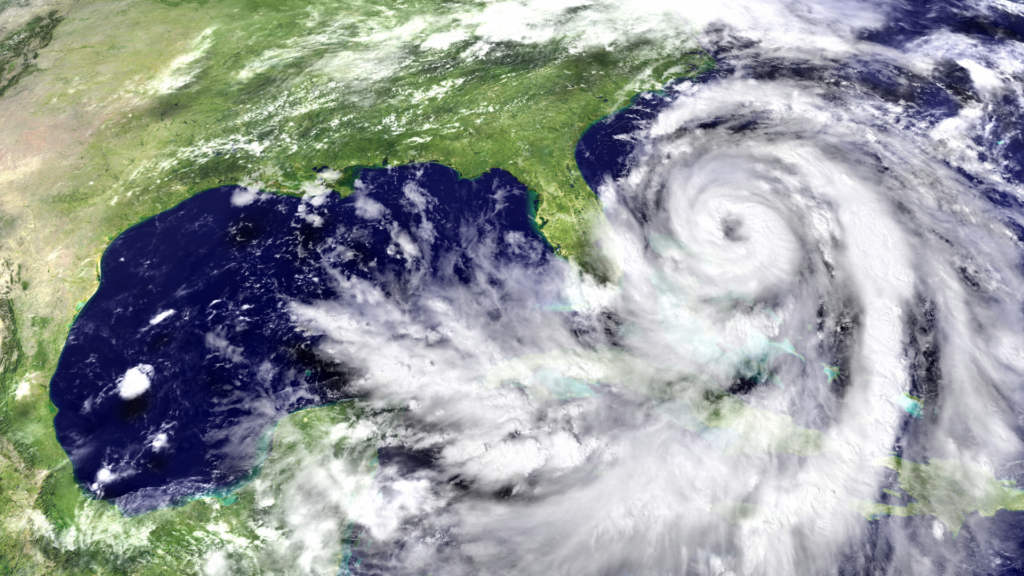If you live in an area where hurricanes are common, it is helpful to understand the science behind them. What exactly causes hurricanes to form, and why do they do so much damage? Let’s take a closer look.
The Science Behind Hurricanes
Hurricanes, also known as “tropical cyclones,” all begin with science’s two-word rule: “heat rises.” In oceans near the equator, the warm, moist air above the large body of water begins rising. As the warm air rises, the surrounding cooler air rushes in to take its place. However, the surrounding air quickly warms and rises as well, quickly vacating space for the next push of air.
As the air rises, it cools, and the excess moisture begins forming clouds. This constant cycle of warm air rising and adding to the clouds causes the entire system to grow. As new air swirls in to take the place of the warm air, the whole thing begins spinning. As it spins, it moves. The bigger it gets, the more speed it picks up. Once it reaches a wind speed of at least 74 miles per hour, the system becomes classified as a hurricane.
The hurricane continues growing and spinning until something happens to slow it down. In some cases, the hurricane may move into cooler waters, where the lack of warm air and updraft stifles its growth. Other times, the hurricane reaches land, where it makes a big show of rain and wind before dissipating. Once it reaches land, the hurricane weakens since it is no longer being fueled by the ocean’s warmth.
Experts classify hurricanes from category 1 (least severe) to category 5 (most severe). People who live on warm coasts are typically used to hurricanes, but the damage they inflict can be frightening nevertheless.
What Are the Various Parts of a Hurricane?
A hurricane is divided into 3 primary parts. The very center of the hurricane is referred to as the “eye.” The eye of a hurricane is where the warm air rises, and it remains calm and peaceful, even if the hurricane is catastrophic in severity. The area surrounding the eye is called the “eyewall,” and it features the hurricane’s strongest winds. The eyewall is the driving force behind the hurricane’s movement and aggression. Outside of the eyewall are the rain (or feeder) bands, which produce the actual rainfall and storm part of the hurricane. These outer bands are what grow as the hurricane produces more air and moisture.
Another interesting fact about hurricanes is that hurricanes south of the equator always spin clockwise, while hurricanes north of the equator spin counterclockwise. This is determined by the earth’s rotation.
How to Avoid Hurricane Damage
Not all damage is avoidable, especially when Mother Nature decides to produce a big storm just for fun. However, you can prepare for the worst by doing your research, keeping an eye on the weather, and following professional
storm preparation checklists.
In the event that your home is damaged during a hurricane, call a professional storm damage assessment team.
What is Our Mission?
Disaster Management Recovery Group is here to assess your storm damage and determine the next step. If you need a roofing evaluation or have suffered exterior damage due to storms or other natural disasters, contact us and schedule a storm damage evaluation and start on the road to recovery.

